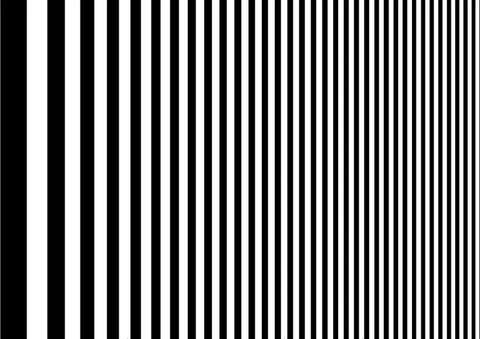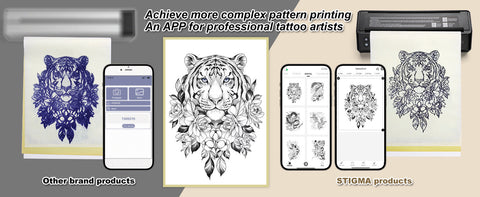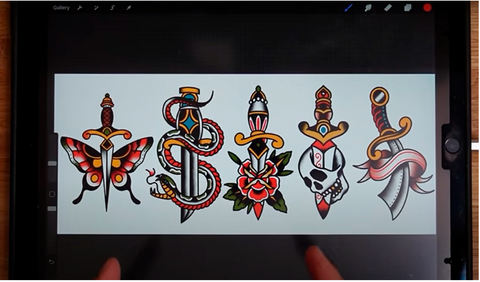How to be a tattoo artist if can't draw

The hot topic "how to be a tattoo artist if can't draw" that has caught the attention of tattoo enthusiasts and artists in recent years. This discussion has sparked an interesting debate in the tattoo industry as it addresses the challenges faced by individuals who are passionate about tattooing but lack sufficient drawing skills. In this blog post, we will explore how the tattoo industry can embrace and support aspiring artists who desire to create unique and meaningful tattoos, regardless of their drawing ability.
Work on the Drawing Skills
1. Research different tattoo styles and designs
Artistic ability is what lays a solid foundation for becoming a successful tattoo artist.
In addition to studying tattoo style art, you will need to study and explore fine art, sculpture, architecture and more. This will help you deepen your understanding of light, angles, depth and movement

2. Improve the understanding of line
Tattoos are largely defined by lines, so get used to visualizing what you're drawing as consisting of a collection of lines, and gradually draw more and more complex things.Focus on drawing thick lines at first. Draw with a pencil every day. Draw things around you as accurately as possible.

Apprenticeship and Mentorship Programs
The tattoo industry has a long tradition of apprenticeship and mentorship programs that offer aspiring artists the opportunity to learn from seasoned professionals. These programs not only focus on technical skills, but also foster creativity and help individuals develop their own unique style. By working closely with a mentor, aspiring tattoo artists can refine their ideas and gain valuable insight into the industry, bridging gaps in drawing skills.

Freehand Tattooing or Stencil Printing
Freehand tattooing is a skill that some tattoo artists enjoy, and they hone this skill over time. The tattoo artist will take the client's design ideas and draw them out on paper themselves first, which allows the client to make changes and get a good idea of the artist's style. The design is printed on stencil paper. The design is then pressed onto the client's skin so that the design can be traced.
Applying and tracing the stencil ensures that the end result of the tattoo is exactly what the client had in mind. Whether you do it with your bare hands or with a stencil depends entirely on your comfort level as an artist.
Stencil Printer has become a common tool in the tattoo industry, allowing the artist to accurately transfer the design to the skin. This technology allows the artist to focus more on the execution of the tattoo, ensuring accuracy and attention to detail. By using stencil printer, even those with limited drawing skills can create impressive tattoos that meet the expectations of their clients.

Embrace Digital Tattoo Tools
In this digital age, advanced software and apps make tattooing easier for everyone. Explore graphic design software like Adobe Illustrator or Procreate, which offer a variety of brushes, textures, and tools to create unique tattoo designs. These tools allow you to experiment, refine and perfect your ideas before transferring them to your skin.
Another option to consider is 3D printing, which is increasingly popular in the tattoo industry as technology advances. If you have an idea but lack drawing skills, you can now use a 3D printer to turn it into a tangible object. Digitally sculpt your design and print it in three dimensions, providing your clients with a unique perspective and assisting you in the tattooing process.

Emphasize Tattoo Symbolism and Meaning
The tattoo industry is a celebration of individuality and personal stories. While drawing skills can enhance the artistry of a tattoo, what really matters is the ability to connect with clients and translate their emotions and experiences into meaningful designs. Tattoo artists who excel at storytelling and communication can create powerful and impactful tattoos regardless of their drawing ability.
Conclusion
The topic "how to be a tattoo artist if can't draw?" highlights the inclusiveness of the tattoo industry, which welcomes individuals from a wide range of backgrounds and skills. While drawing techniques undoubtedly enhance an artist's skill set, they are not the only determinant of success in the industry. By embracing the power of digital tools, collaboration, apprenticeships, and storytelling, aspiring tattoo artists can overcome any limitations and create unique masterpieces that resonate with clients on a personal level.

